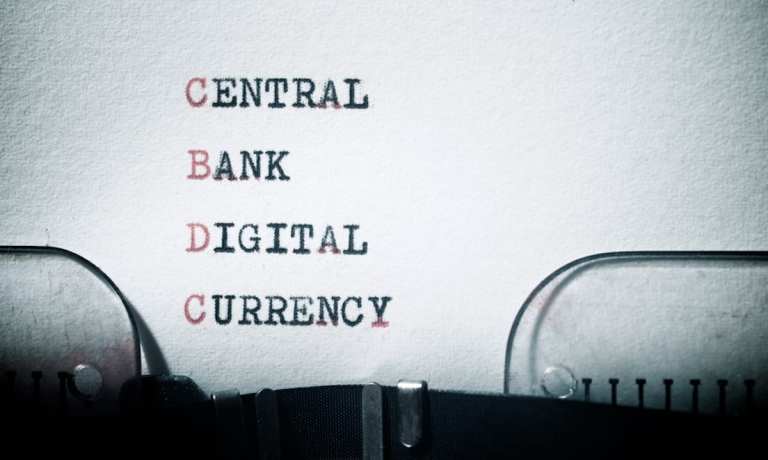
For central bank digital currencies (CBDCs), in Europe, at least, it’s a case of hurry up and wait. As reported this week, the European Central Bank (ECB) – through comments made by Christine Lagarde, its president – seems to be taking a longer-term view of the study, issuance and eventual use of a digital currency. Think in terms of years, or sometime this decade.
“We need to make sure that we do it right — we owe it to the Europeans,” Lagarde told Bloomberg. “The whole process — let’s be realistic about it — will in my view take another four years, maybe a little more.”
So, that means sometime in the mid to late roaring 20s, as you might call the current decade. That timeframe hinges partly on whether the European bloc decides to bring a digital version of the euro to market at all – and ostensibly, that decision should be reached by this fall.
“It’s a technical endeavor as well as a fundamental change,” Lagarde said. “We need to make sure that we’re not going to break any system, but to enhance the system.”
Lawmakers and regulators are thus going to wrestle with the idea of what digital fiat might mean, and whether there may be unintended consequences – such as consumers holding onto the digital coins (even while cash will remain a viable option, as has been promised by bank members), or whether there might be disintermediation of traditional financial services players like banks.
Years And Not Months
At the same time, the U.S. is seemingly also years away from issuing a digital dollar through the Federal Reserve. Earlier this year, U.S. Federal Reserve Chair Jerome Powell said he isn’t in a rush to adopt a CBDC because of the risks such currencies pose to the status of the dollar.
The dollar, of course, is the de facto reserve currency around the globe, used, we contend, as the ultimate settlement tool for commerce, especially when it is conducted internationally.
“We don’t feel an urge or need to be first,” Powell said of CBDCs, as had been reported. “Effectively, we already have a first-mover advantage because [the U.S. dollar is] the reserve currency.”
So, if Europe and the U.S. are less than, shall we say, urgent about getting digital currencies out into the field – and collectively, they represent about 30 percent of the global GDP – one wonders what the ripple effect would be on other nations, leaving China as the lone, truly powerhouse economy that is well on its way (close, in fact) to launching a digital yuan across a variety of use cases. But we’re a long way toward interoperability – because, simply put, the various versions of digital fiat are not out there to become interoperable.
Against this backdrop, the true value of CBDCs, at least in terms of international trade and payments, has yet to be sorely tested. There have been at least some issuances of digital currencies via central bank and government efforts. The Bahamian Sand Dollar stands out, of course. Jamaica is readying for its own CBDC launch later in the year.
But in the grand scheme, on the global stage, these countries and others may not, through the domestic focus that has been a hallmark, show that digital currencies can work on a massive scale. For that, we’d need the major players like China and the U.S. or Europe — and two out of that triumvirate have yet to fully commit to the headlong rush that China seems to have embraced.